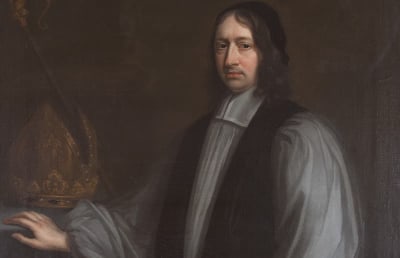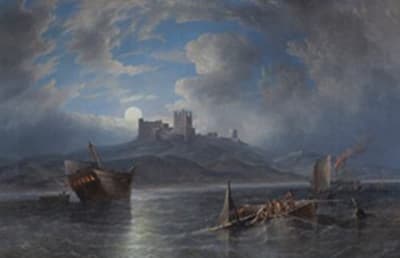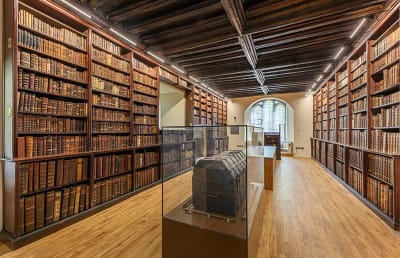History of Nathaniel, Lord Crewe and the Charity he founded
The Charity was established under the terms of Lord Crewe’s will and continues to seek charitable impact in the same areas as in the 18th century.

Nathaniel, Lord Crewe
Nathaniel Crewe was born into a well-connected family and made good use of the connections he made to achieve advancement in his own life.
Nathaniel Crewe (1633 – 1721) was an under-graduate, Fellow and Rector of Lincoln College, Oxford and also Bishop of Oxford before becoming Bishop of Durham. Late in life, he bought the estates of Blanchland and Bamburgh from his wife’s family and then left them to the Charity upon his death.
Bamburgh Welfare State
Through the 18th century, the Charity's trustees were mindful of the needs of local parishioners and established the elements of a welfare state on their Bamburgh property.
In the mid and late 18th century, John Sharp was an energetic trustee who developed a series of charitable activities at Bamburgh Castle to advance education and to relieve poverty and sickness, mindful of the needs of the local community.
History of Blanchland
Blanchland derives its name from the Premonstratensian monks in white robes who established an abbey there in the 12th century. After the dissolution of the monasteries, Blanchland reached the Forster family in the early 17th century and was bought by Lord Crewe in 1704.
Blanchland’s early history as an Abbey is of great importance, providing the footprint of the village that succeeded it and an area rich in archaeology. Following dissolution of the monasteries, the history of the property is bound up in the history of its owners, with the estate having been owned by Lord Crewe’s Charity for the last 300 years.
History of North Sunderland and Seahouses
The trustees were instrumental in developing North Sunderland and Seahouses through the 19th century.
The land owned by Lord Crewe at Bamburgh extended to North Sunderland, where the Charity built the parish church in 1834 and went on to invest heavily in the development of the North Sunderland harbour at Sea Houses, with the two settlements slowly merging as they grew.
Aid for Seafarers
In the 18th century, the Trustees of the Charity developed means to keep seafarers safer whilst sailing along the Northumbrian coast near Bamburgh..
As well as making Bamburgh Castle itself more of a visible landmark for sailors, the Trustees also took responsibility for reuniting remains of ship wrecks with their owners and developed various ways to provide aid to seafarers, including through the commissioning of an early lifeboat.
Supporting libraries through the centuries
Early trustees of the Charity from the Sharp family established a lending library in the 18th century.
The contents of that library now comprise the Charity’s Bamburgh Library and the practice of providing a lending library continues with the modern theological Sharp Libraries.
From an annual value of £1,314 in 1721, the Charity gave out over £1.4M in grants in 2022
You might also be interested in
Have a look through our archives
The Charity's archives, over recent centuries, have been deposited with Northumberland Archives at Woodhorn and contain fascinating local history, particularly around Bamburgh.
Find out more





